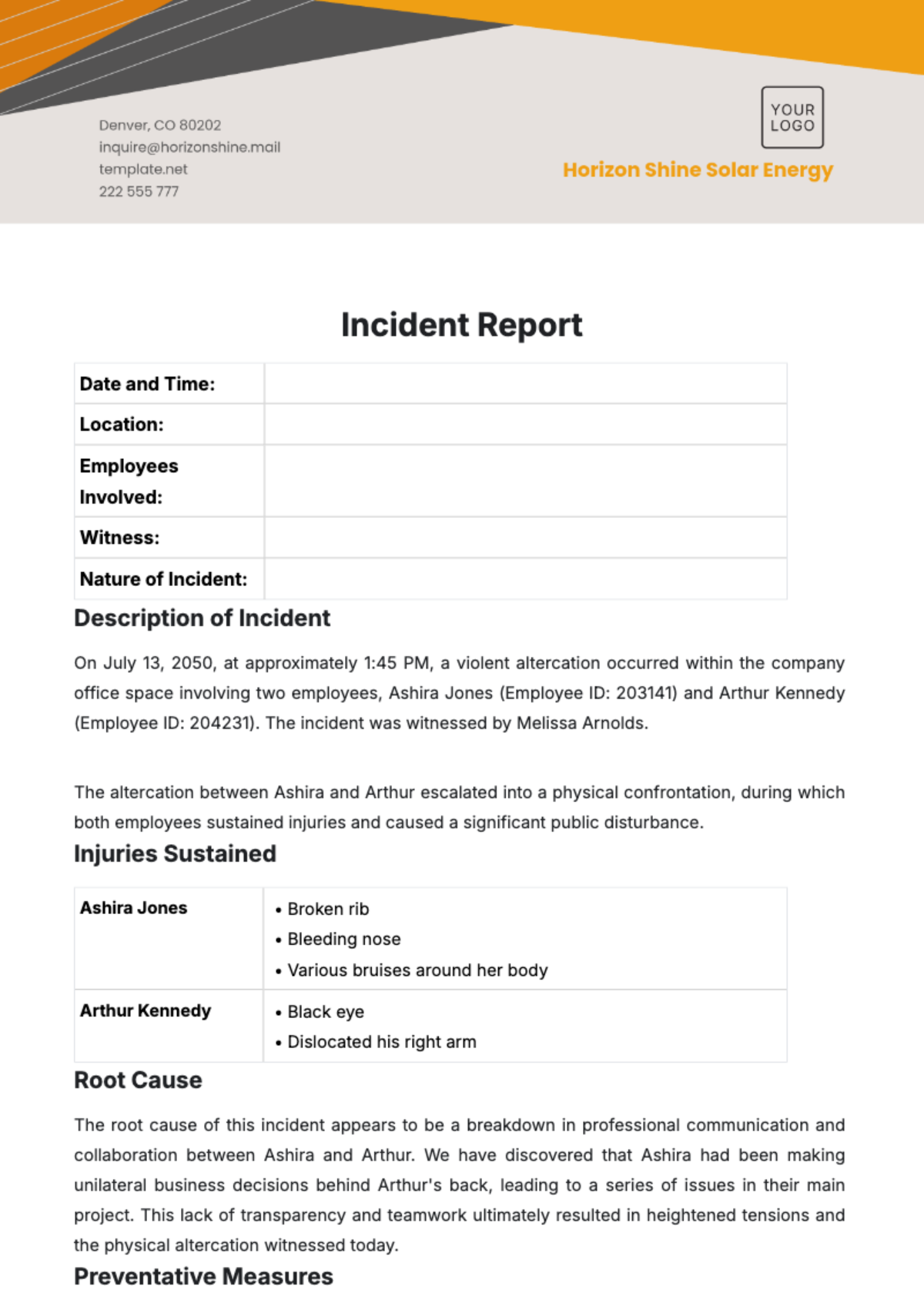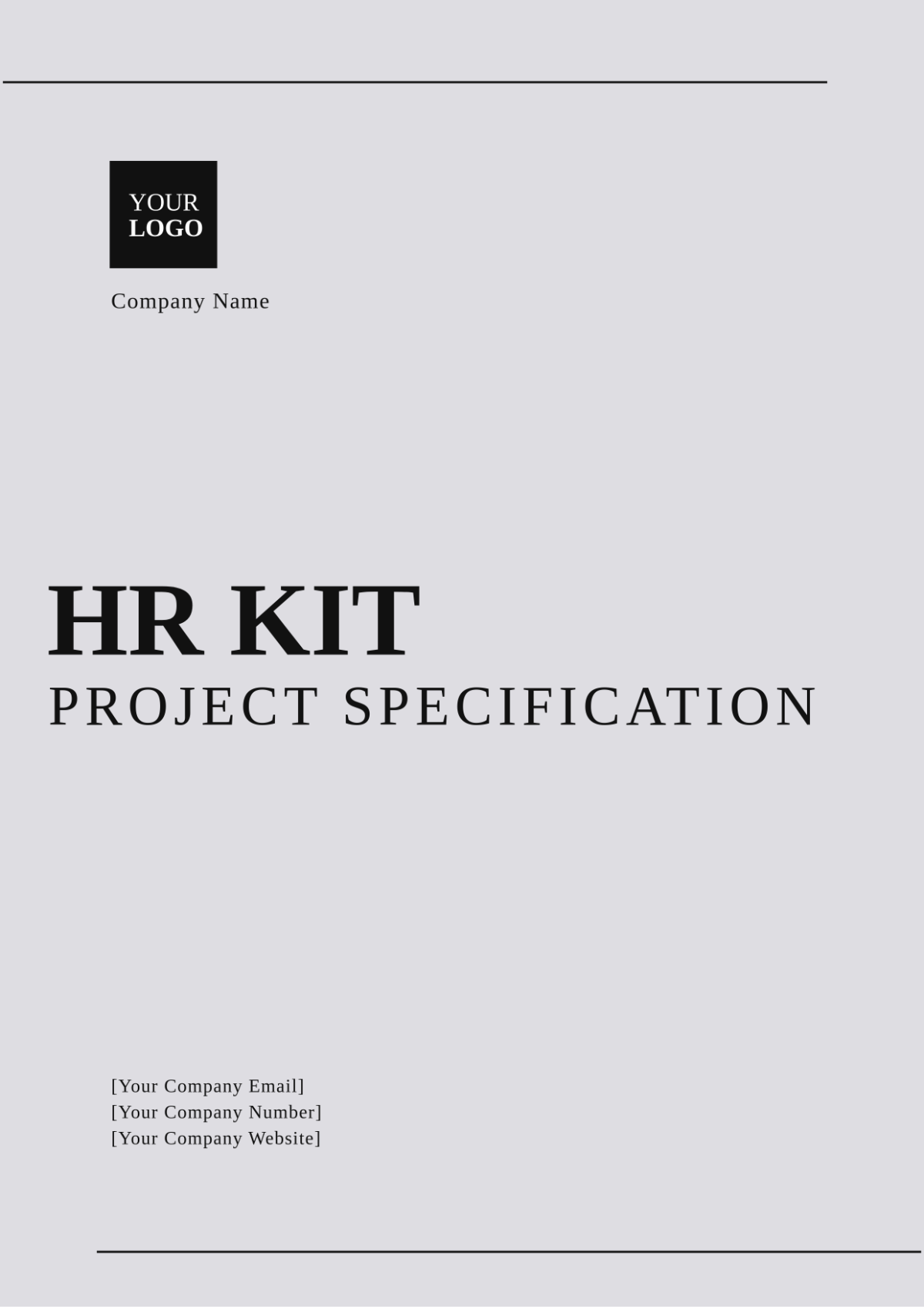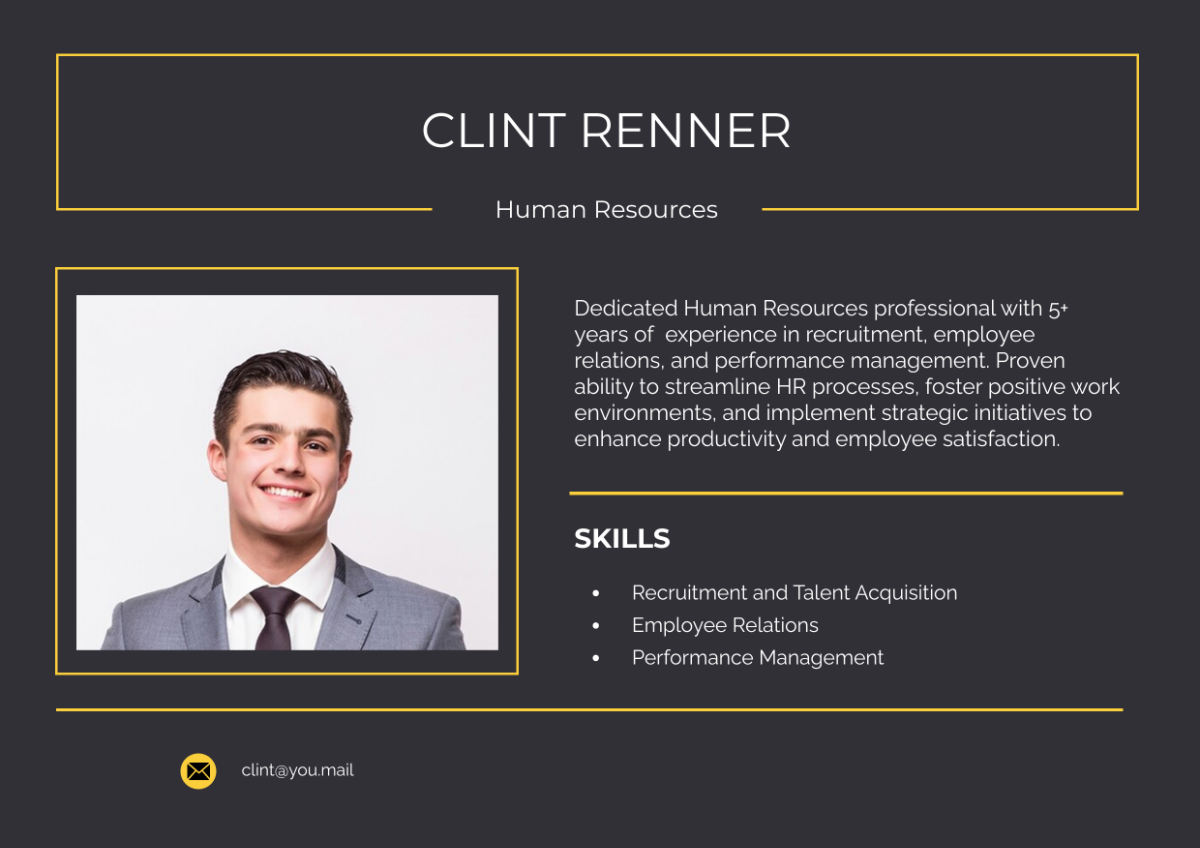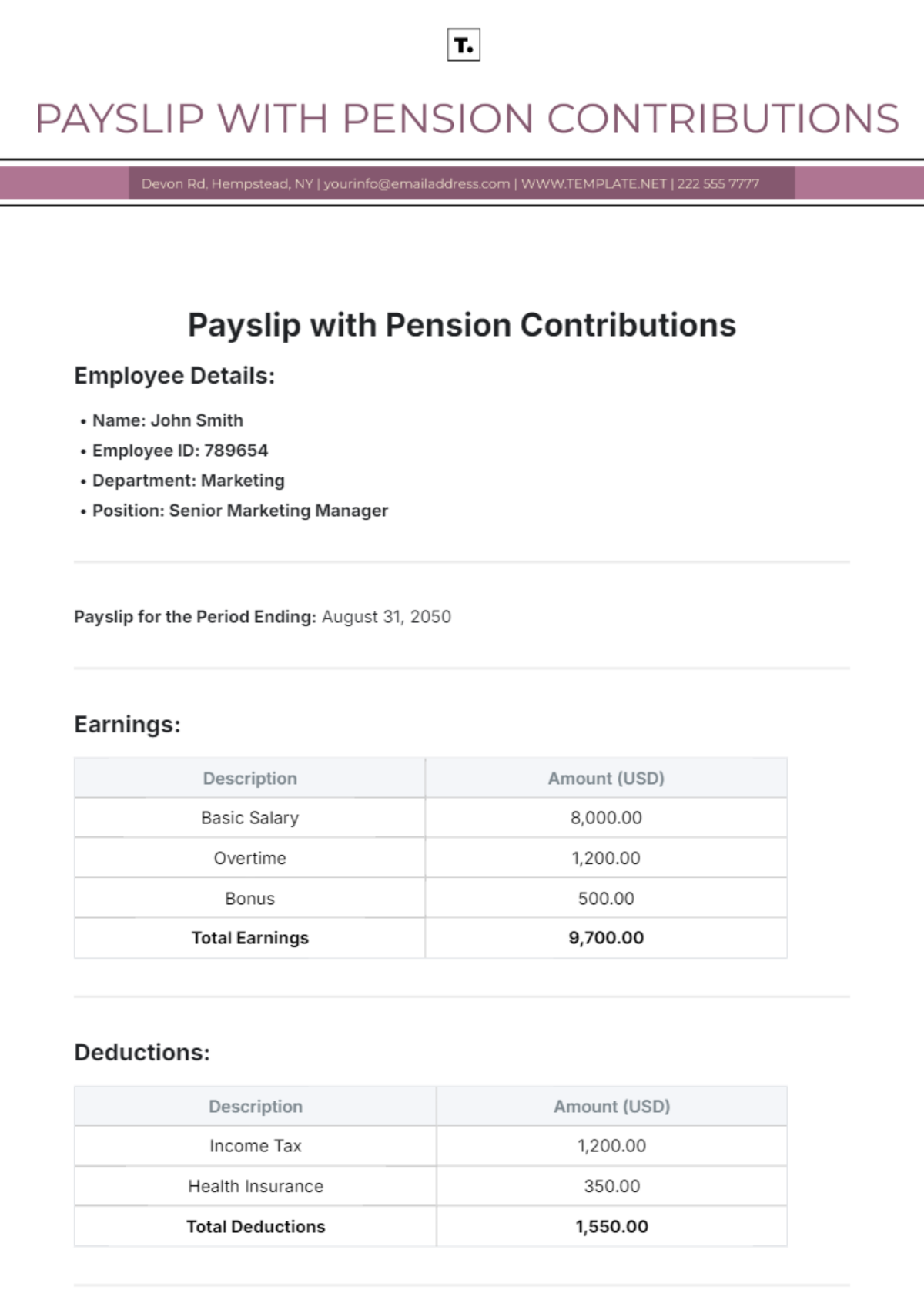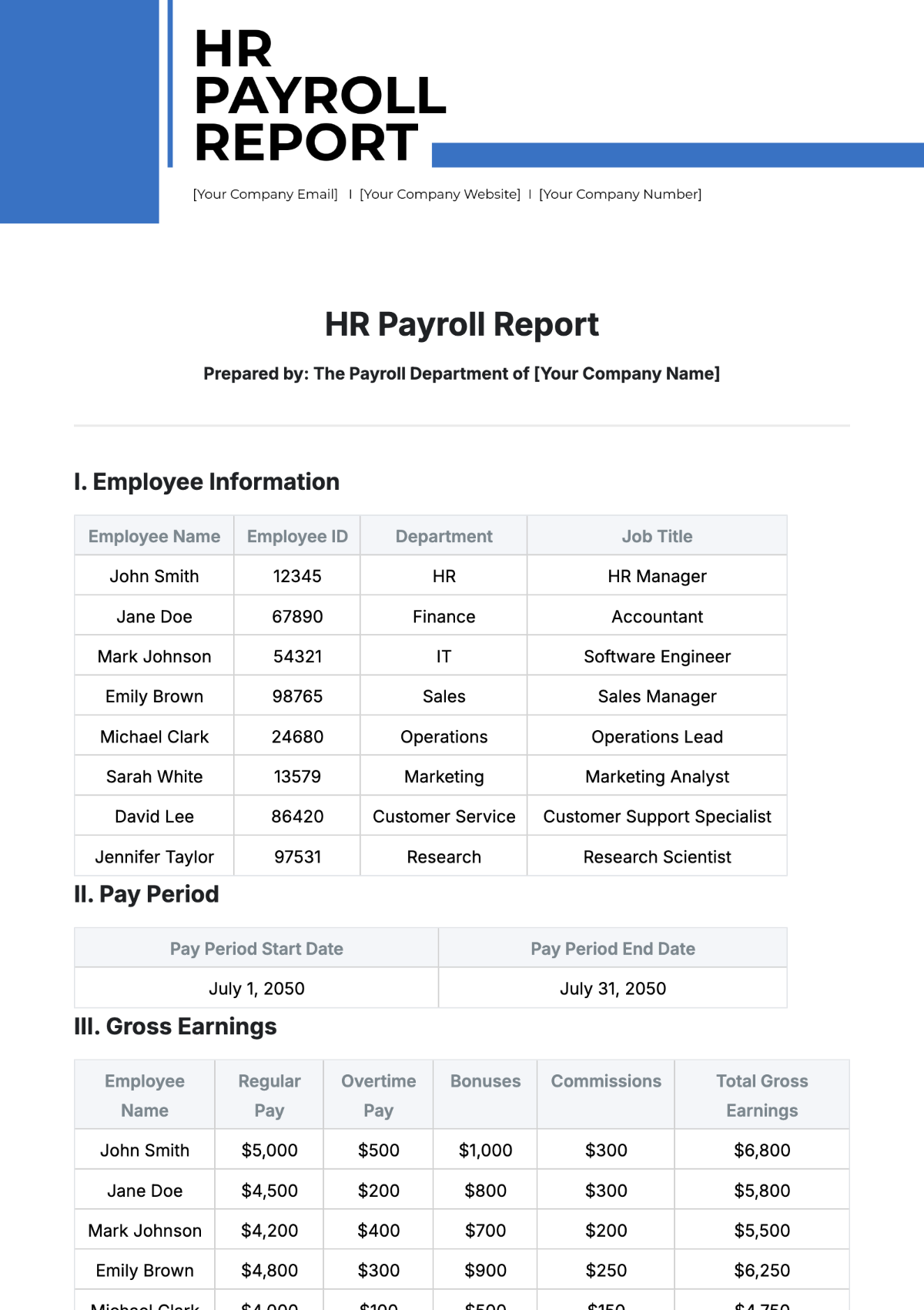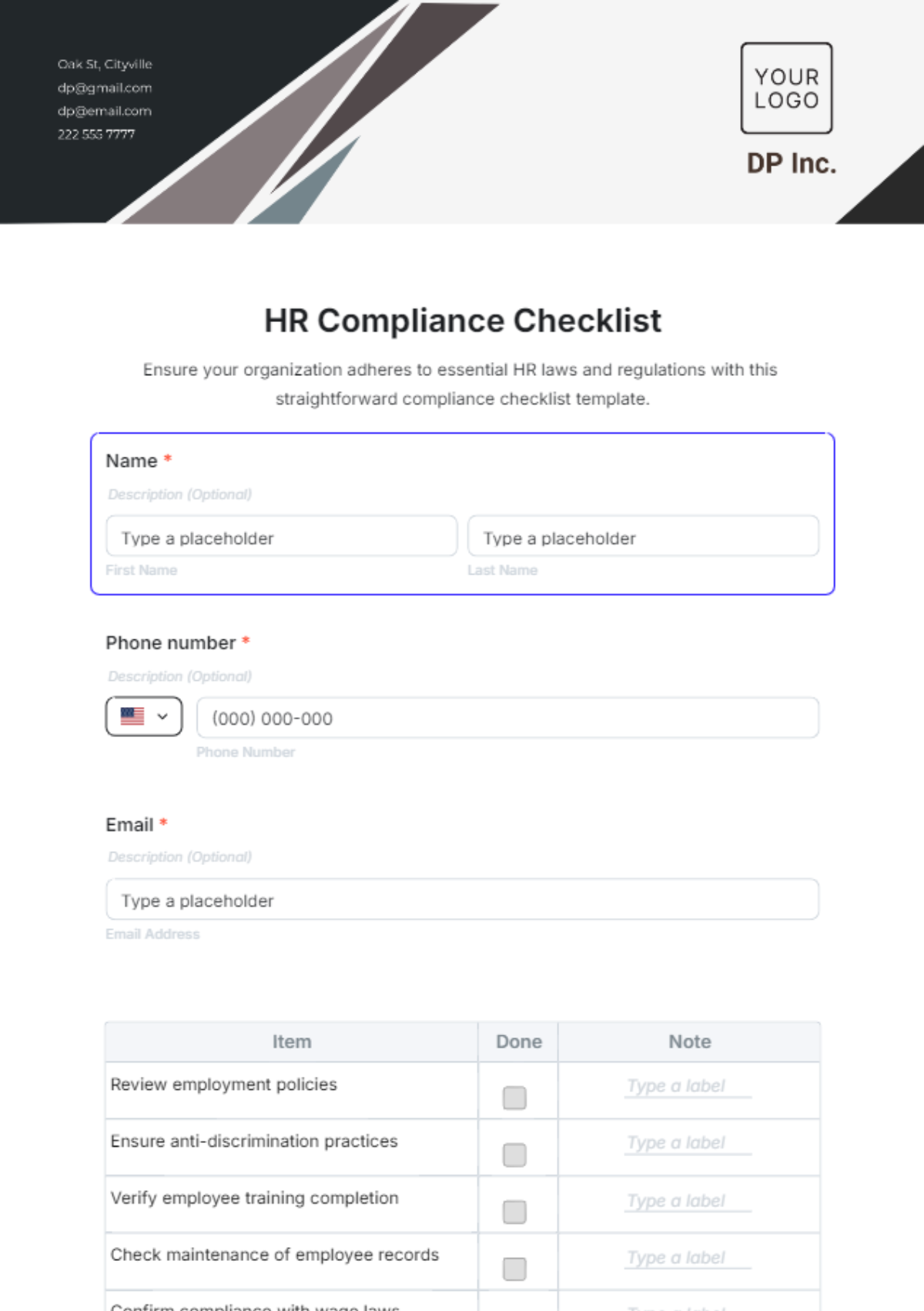Cross-Generational Inclusion
Best Practices HR
Welcome to [Your Company Name] comprehensive guide on Cross-Generational Inclusion Best Practices. In today's diverse workforce, understanding and embracing generational differences is essential for creating a harmonious and productive work environment. This guide provides a fictional yet comprehensive set of best practices to foster cross-generational inclusion within your organization.
I. Build An Inclusive Culture
Leadership Commitment
Ensure senior leadership demonstrates a resolute commitment to cross-generational inclusion, going beyond mere lip service. Leaders should actively champion diversity of thought and foster an environment where every generation's contributions are acknowledged and celebrated. This commitment should be visible in their actions, communications, and decision-making processes.
Inclusive Policies
Develop and communicate policies that not only promote inclusivity but also reflect the diverse needs and aspirations of your multigenerational workforce. Ensure that these policies are not just written documents but living principles that guide everyday interactions and decisions at all levels of the organization.
Generational Awareness Training
Provide training for all employees, from entry-level staff to top executives, to raise awareness about generational differences, biases, and stereotypes. Equip them with the knowledge and skills to navigate these differences and foster a culture of mutual respect and understanding.
Employee Resource Groups (ERGs)
Establish cross-generational ERGs where employees can connect, share experiences, and collaborate on initiatives that promote inclusivity. These groups can serve as valuable forums for generating ideas and driving positive change within the organization.
Inclusive Language
Encourage the use of inclusive language that respects generational sensitivities. Develop guidelines that emphasize the importance of language that transcends generational barriers and fosters a sense of belonging for all employees.
Recognition Of Generational Contributions
Regularly recognize and celebrate the unique contributions of different generations within the organization. Highlight success stories that showcase how generational diversity has positively impacted projects, teams, and the overall business.
Inclusive Decision-Making
Involve representatives from diverse generations in key decision-making processes, especially those that have a direct impact on workplace policies, benefits, and practices. This ensures that the perspectives of all generations are considered when shaping the company's future.
Continuous Improvement
Make cross-generational inclusion an ongoing priority. Regularly assess and refine your inclusion initiatives to align with changing generational dynamics and evolving best practices. Encourage a culture of adaptability and learning, where the organization continuously grows in its ability to embrace generational diversity.
II. Promote Cross-Generational Learning
Programs | Details |
|---|---|
Mentorship Programs | Launch formal mentorship programs that facilitate intergenerational partnerships, pairing experienced employees with younger counterparts. This collaborative approach fosters the exchange of knowledge, skills, and insights, promoting mutual growth and strengthening bonds across generations. |
Reverse Mentoring | Embrace the power of reverse mentoring by encouraging younger, tech-savvy employees to mentor their more senior colleagues. This initiative not only bridges the digital divide but also cultivates an environment where fresh perspectives and innovative thinking flourish. |
Generational Learning Circles | Establish "Generational Learning Circles" where employees from different age groups gather regularly to discuss industry trends, evolving workplace dynamics, and societal shifts. These forums encourage open dialogue and provide a platform for diverse experiences to inform and enlighten each other. |
III. Embrace Technology
In today's fast-paced digital landscape, technological proficiency is a cornerstone of workplace productivity. To ensure cross-generational inclusion in the realm of technology, consider the following strategies:
User-Friendly Tools
Acknowledge that employees of different generations may have varying comfort levels with technology. Provide comprehensive training and support to empower older employees to adapt to and proficiently use digital tools. This ensures that technology is accessible to all, fostering a level playing field within the organization.
Collaboration Platforms
Implement cutting-edge digital collaboration platforms that not only facilitate communication but also accommodate different communication preferences and tech-savviness levels. These platforms should offer intuitive interfaces and clear user guidance, making it effortless for all generations to connect, share ideas, and collaborate effectively in the digital sphere.
Continuous Technological Learning
Establish a culture of continuous technological learning and innovation. Encourage employees of all ages to explore new technologies and stay updated on industry trends through workshops, webinars, and knowledge-sharing sessions. This not only bridges the generation gap but also keeps your organization competitive in an ever-evolving technological landscape.
IV. Flexibility And Work-Life Balance
Flexible Work Arrangements
Customized Schedules: Allow employees to create schedules that align with their personal needs and preferences. This could involve flexible start and end times, compressed workweeks, or job-sharing arrangements.
Remote Work Options: Embrace a hybrid or fully remote work model to accommodate varying generational desires for work environments, while ensuring effective collaboration through technology.
Phased Retirement: Develop programs that enable older employees to gradually transition into retirement, providing them with reduced workloads or flexible schedules as they approach retirement age.
Comprehensive PTO And Leave Policies
Generational Leave: Recognize the diverse caregiving responsibilities of your workforce by offering specific leave options for those caring for children, grandchildren, or elderly family members.
Paid Volunteer Time: Encourage volunteerism by providing paid time off for employees to engage in community service activities, appealing to the social responsibility values of different generations.
Flexible Vacation Accrual: Allow employees to accrue and use vacation time at a pace that suits their individual preferences, ensuring they have time to recharge.
Emergency Leave Bank: Establish an emergency leave bank that employees can contribute to and draw from, offering support during unforeseen personal crises.
V. Training And Development
Diverse Learning Formats
Provide a wide range of learning formats to cater to various generational preferences. Offer traditional classroom training sessions for those who thrive in structured environments. For tech-savvy generations, make online courses and webinars available for self-paced learning. Additionally, consider hands-on workshops and interactive simulations to engage kinesthetic learners.
Develop a Learning Management System (LMS) that offers a diverse catalog of resources, allowing employees to choose the format that suits their learning style best. Regularly update the content to stay current with industry trends and technological advancements.
Generational Learning Paths
Recognize that each generation possesses unique skills and experiences. Create customized learning paths that align with these generational strengths. For instance, offer leadership development programs that draw from the wisdom of Baby Boomers while incorporating the innovative thinking of Millennials and Generation Z.
Encourage cross-generational mentorship in the realm of professional development. Younger employees can impart knowledge about emerging technologies, while older colleagues can share invaluable insights from years of industry experience.
Implement a "Learning by Teaching" program where employees from different generations take turns teaching each other about topics they excel in, fostering mutual respect and knowledge transfer.
Establish a learning feedback loop to continuously refine training materials and approaches. Solicit input from employees of all generations to ensure the content remains relevant and engaging.
By enhancing your training and development strategies with these approaches, your organization can empower employees of all generations to pursue their professional growth effectively, leveraging their unique abilities while fostering a culture of lifelong learning and cross-generational collaboration.
VI. Collaborative Projects
Projects | Details |
|---|---|
Cross-Functional Teams | Promote cross-generational collaboration by forming diverse, cross-functional teams that include members from different age groups, departments, and skill sets. Encourage them to leverage their diverse perspectives, experiences, and strengths to tackle complex projects. |
Creative Problem-Solving Workshops | Organize interactive and dynamic problem-solving workshops that bring together employees from various generations. These workshops should encourage participants to break free from traditional thinking patterns and explore innovative solutions. |
Generational Think Tanks | Establish "Generational Think Tanks" composed of representatives from each generation. These groups can meet regularly to brainstorm ideas, share insights, and co-create strategies that align with the organization's goals while considering the unique viewpoints of each age cohort. |
Knowledge Transfer Initiatives | Launch knowledge transfer initiatives where seasoned employees can transfer critical institutional knowledge to younger team members through collaborative projects. This not only ensures the preservation of valuable insights but also fosters intergenerational bonds. |
Mentorship-Driven Projects | Encourage multi-generational mentorship-driven projects where seasoned professionals and emerging talents work together on long-term initiatives. These projects not only facilitate knowledge exchange but also promote a sense of continuity within the organization. |
By diversifying your approach to collaborative projects in these ways, your organization can harness the power of cross-generational collaboration to drive innovation, problem-solving, and knowledge sharing, resulting in more well-rounded and successful outcomes.
VII. Diversity And Inclusion Training
Inclusive Training Modules
Develop a comprehensive suite of inclusive training modules that address cross-generational inclusion explicitly. These modules should encompass topics such as understanding generational differences, effective communication across generations, and the value of generational diversity in driving innovation.
Interactive Workshops
Enhance traditional training with interactive workshops that encourage participants to engage in open dialogues and share their generational perspectives. These workshops should foster empathy and a deeper appreciation of the diverse viewpoints within the workforce.
Case Studies And Scenarios
Incorporate real-world case studies and scenarios that illustrate the challenges and opportunities presented by generational diversity. This practical approach helps employees apply their learning to everyday workplace situations.
Continuous Learning Pathways
Implement continuous learning pathways that allow employees to revisit and reinforce their understanding of cross-generational inclusion over time. This could include microlearning modules, discussion forums, and ongoing resources.
Inclusive Leadership Training
Extend diversity and inclusion training to leadership teams, emphasizing the role of leaders in creating an inclusive environment that values employees of all ages. Provide them with the tools and strategies necessary to lead cross-generational teams effectively.
Assessment And Feedback
Incorporate assessment tools and feedback mechanisms within training programs to gauge participants' understanding and solicit suggestions for improvement. This data-driven approach ensures that training evolves to meet the evolving needs of the workforce.
Cross-Generational Panels
Arrange cross-generational panel discussions or guest speakers as part of training sessions to offer firsthand insights and experiences. Hearing from colleagues of different generations can be particularly impactful in fostering understanding and empathy.
Inclusive Training Resources
Develop a resource library that includes articles, books, videos, and podcasts related to cross-generational inclusion. Encourage employees to explore these resources independently to deepen their knowledge.
Certification Programs
Consider offering certification programs for employees who excel in cross-generational inclusion training. Recognizing and rewarding those who demonstrate expertise can motivate others to actively engage in the training process.
Measurement And Impact Assessment
Regularly measure the impact of diversity and inclusion training on cross-generational dynamics within the organization. Analyze how it contributes to improved collaboration, innovation, and employee satisfaction, and make necessary adjustments to the training curriculum based on these insights.
By enhancing the Diversity and Inclusion Training program in these ways, your organization can provide employees with the knowledge, skills, and resources needed to embrace and leverage generational diversity, ultimately fostering a workplace where every generation is valued, heard, and empowered to contribute effectively.
VIII. Leadership Development
Steps | Details |
|---|---|
Succession Planning | Establish a robust succession planning process that identifies and grooms leaders from all generations. Ensure a seamless transition of leadership as older generations retire. Encourage experienced leaders to mentor emerging leaders, passing down not only their knowledge but also their wisdom. |
Tailored Leadership Training | Recognize that leadership development is not one-size-fits-all. Provide leadership training programs customized to meet the unique needs and aspirations of leaders from different age groups. Offer options for both formal training and informal peer learning, recognizing that leadership qualities can manifest differently across generations. |
Cross-Generational Leadership Teams | Form cross-generational leadership teams for important projects and initiatives. These teams can combine the energy and innovation of younger leaders with the seasoned expertise of their older counterparts, fostering mutual learning and synergy. |
A holistic approach to leadership development recognizes that leadership qualities and experiences are shaped by the unique generational perspectives and can be enriched by the collaborative efforts of leaders from different age groups. Embracing these practices ensures that your organization's leadership pipeline is strong, adaptable, and reflective of the diverse talents and experiences of your entire workforce.


